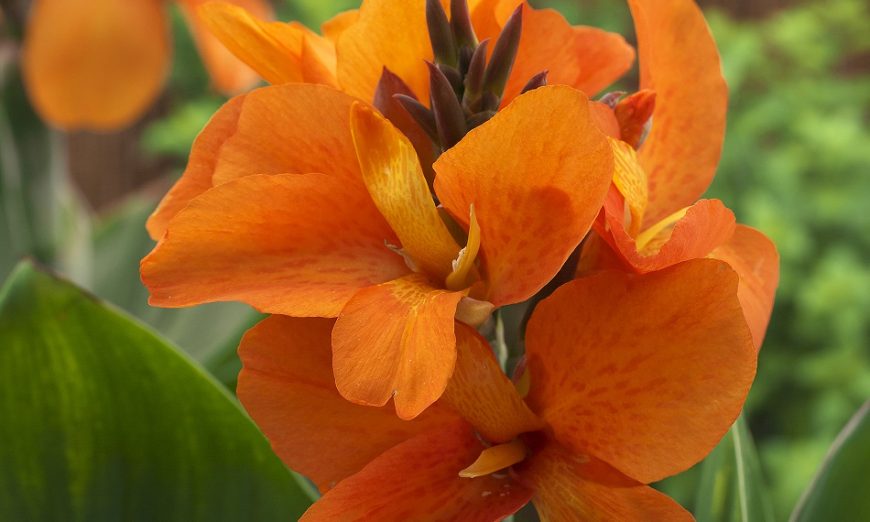Elevate your gardens to waist high level for convenience and easy access. Elevated gardens are easy on your back and knees and are perfect for the patio, balcony, deck or any area where a bit of planting space is desired. Place them near your kitchen door, grill or table for easy cooking and serving access. You’ll be able to plant, weed and harvest with minimal bending or even from a chair.
Purchase one on wheels or add casters to the legs of your elevated garden for added mobility. Then wheel it into the sun or shade as needed each day or out of the way when you entertain.
Set the garden in place first. Once it’s filled with soil, it will be very heavy and difficult to move. Those gardening on a balcony should confirm the space will hold the weight of the elevated garden you select when filled with soil and mature plants.
Make sure you have easy access to water. Since this is basically a container, you will need to check the soil moisture daily and water thoroughly as needed. Fill the elevated garden with a well-drained planting mix that holds moisture while providing needed drainage.
Incorporate a low nitrogen slow release fertilizer like Milorganite (milorganite.com) at planting. It contains 85 percent organic matter, feeding the plants and soil. Slow release fertilizers provide plants with needed nutrients for several months, eliminating the need for weekly fertilization.
Grow a variety of your favorite herbs and vegetables like basil, parsley, compact tomatoes, and peppers. Support vining plants or try compact ones like Mascotte compact bush bean. Add color and dress up your planter with flowers like edible nasturtiums and trailing herbs like thyme and oregano which will cascade over the edge of the planter.
Maximize your growing space by planting quick maturing vegetables like radishes, beets and lettuce in between tomatoes, peppers, cabbage and other vegetables that take longer to reach their mature size. You’ll be harvesting the short season vegetables just as the bigger plants need the space.
Further increase your garden’s productivity with succession plantings. Fill vacant spaces that are left once a row or block of vegetables are harvested. Add more planting mix if needed.
Select seeds and transplants that will have time to reach maturity for harvesting before the growing season ends. Broccoli, cabbage, compact Patio Pride peas, lettuce, spinach and other greens taste best when harvested in cooler fall temperatures.
Replace weather-worn flowers with cool weather beauties like pansies, nemesias, dianthus, alyssum and snapdragons. Fertilize the whole planter so new plantings and existing plants have the nutrients they need to finish out the season.
Protect your fall flowers, herbs and vegetables from hard frosts with floating row covers. These fabrics allow air, light and water through while trapping the heat around the plant.
Once you discover the fun, flavor and ease of waist high gardening, you’ll likely make room for more elevated planters for your future gardening endeavors.
Melinda Myers has written more than 20 gardening books, including Small Space Gardening. She hosts The Great Courses “How to Grow Anything: Food Gardening for Everyone” DVD set and the nationally syndicated Melinda’s Garden Moment TV & radio segments. Myers is a columnist and contributing editor for Birds & Blooms magazine and was commissioned by Milorganite for her expertise to write this article. Myers’ web site is www.MelindaMyers.com.






